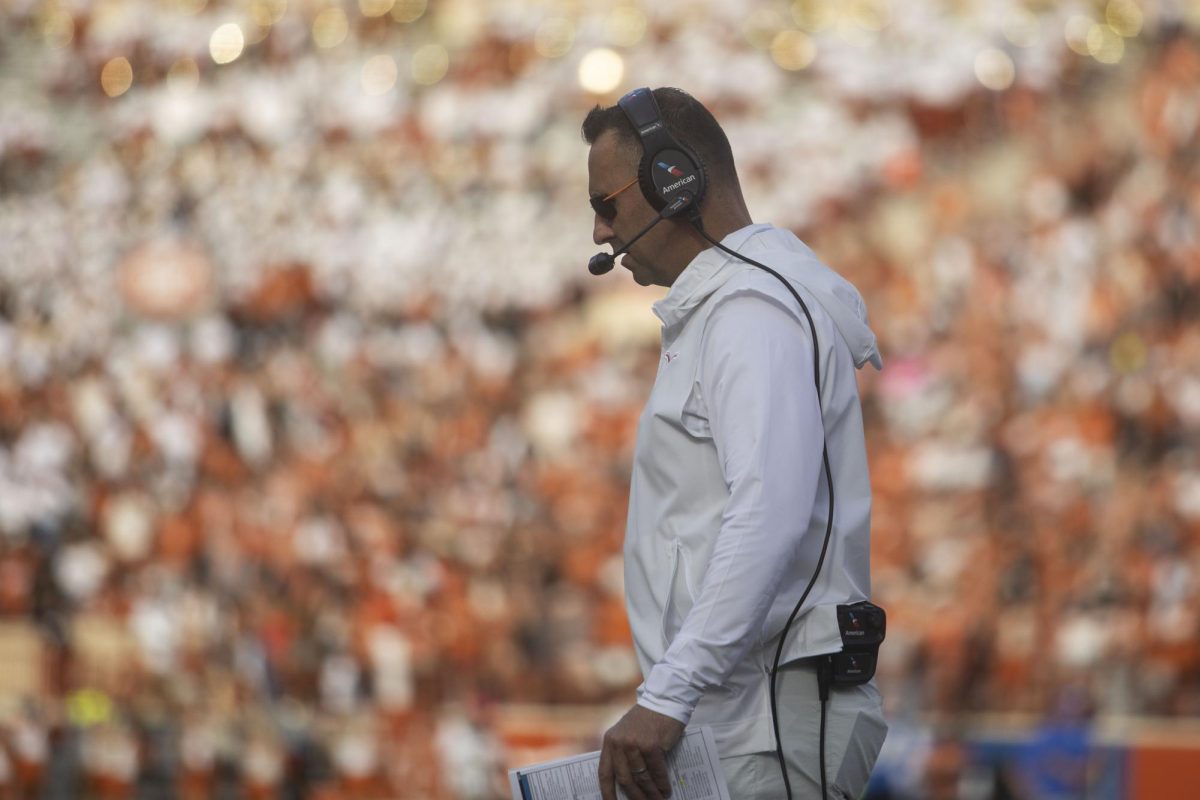COLLEGE STATION — A 90-year-old Aggie tradition turned to tragedy early Thursday morning as the Bonfire stack that dozens of students were building suddenly collapsed, killing 12 Texas A&M students and leaving 28 other injured.
Students and parents wept and watched as rescue teams worked more than 19 hours carefully removing logs from the stack, hoping to recover students who might have been trapped alive under the pile.
Top levels from the structure, which collapsed at 2:28 a.m. Thursday, fell off to the side, crushing students that were building the Bonfire. As rescuers removed logs, more bodies were discovered, totaling 11 by the end of Thursday night. Officials said they didn’t know the exact number of students working on the Bonfire that morning, but believe there were between 50 and 70 students on top of the stack when it collapsed. Texas A&M President Ray Bowen said officials don’t know what caused the stack to fall, but they will continue to investigate as more of the logs are removed.
“As we dismantle the structure, we have experts on site that are looking at every aspect to try to identify what would cause this,” he said.
Cindy Lawson, executive director of A&M university relations, said officials are unsure how many students were crushed in the debris when the 40-foot stack collapsed. She said no more than 70 students are allowed to be on the stack at one time.
“We think we have students accounted for, but we won’t know for sure until the logs are removed,” she said.
Bruce Unger, an A&M junior who was injured while working on the Bonfire when it fell, said he was in the fourth level of the pile when it started shifting.
“I have no idea why it went down, and there was no warning at all,” he said.
Unger, who knew some of the students who were killed, said the effects of the tragedy haven’t set in yet.
“What happened today should never happen again,” Unger said. “I guess I got pretty lucky.”
Bart Humphreys, public information officer for the College Station Police Department, said there could possibly be more students under the pile who aren’t accounted for.
“I fear the number [of fatalities] will escalate,” he said.
More than 100 people volunteered to help in the rescue efforts, rotating shifts of 35 to 40 rescuers at a time. Humphreys said rescuers removed the outside base level of the stack late Thursday night, noting that there were no bodies in that section.
Rusty Thompson, Bonfire’s adviser and assistant director of the Memorial Students Center, said there was no indication that the structure might fall.
“Students didn’t hear a distinctive snap when it did fall,” he said.
The finished project is 55-feet high and consists of 6,000 to 7,000 logs.
Bonfire, meant to get students pumped up for the Texas A&M-UT football game Nov. 26, is constructed to twist inward and collapse on itself as it burns.
Thompson said former students and student leaders train new students for specific tasks, and those students are only trained for those tasks. He said bonfire advisers stress safety first.
Printed on Wednesday, November 23, 2011 as: Bonfire tragedy overshadows rivalry




















